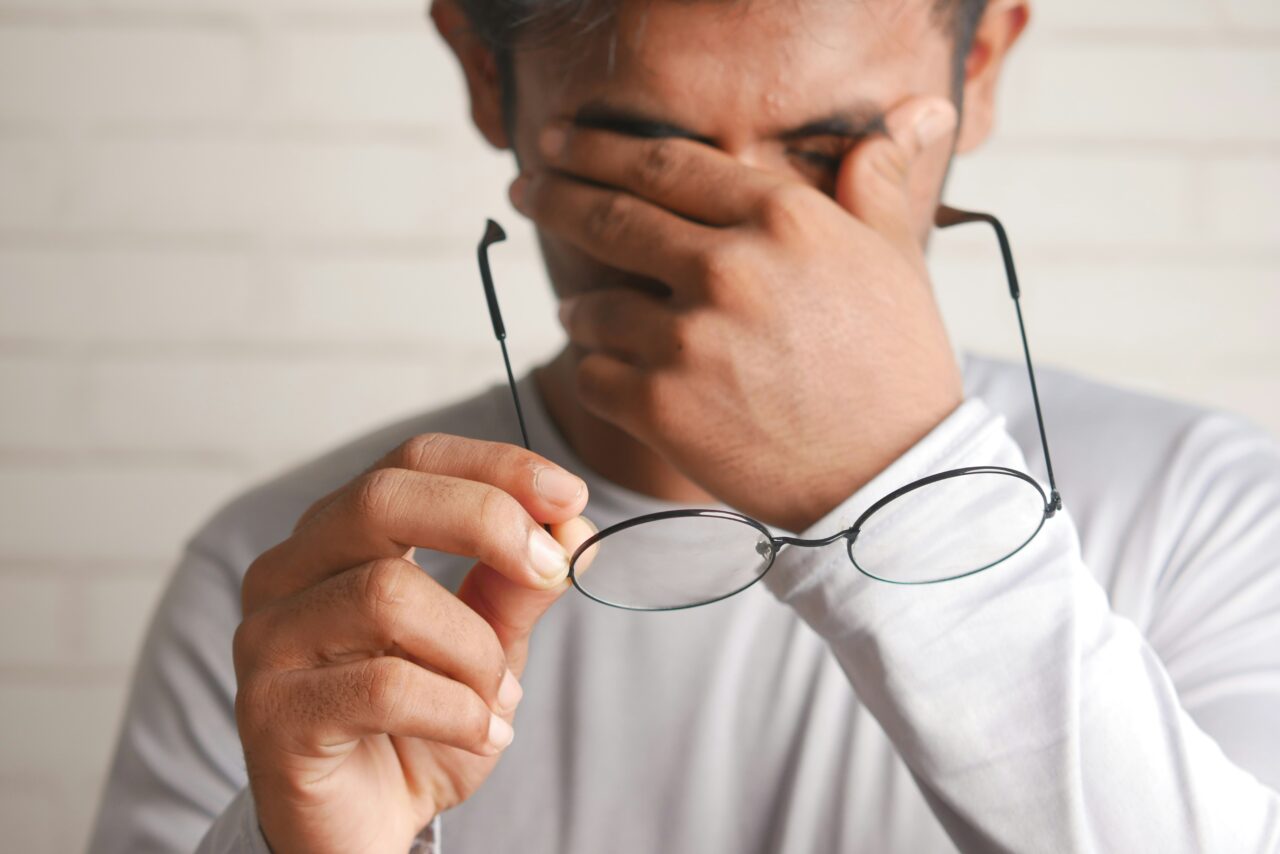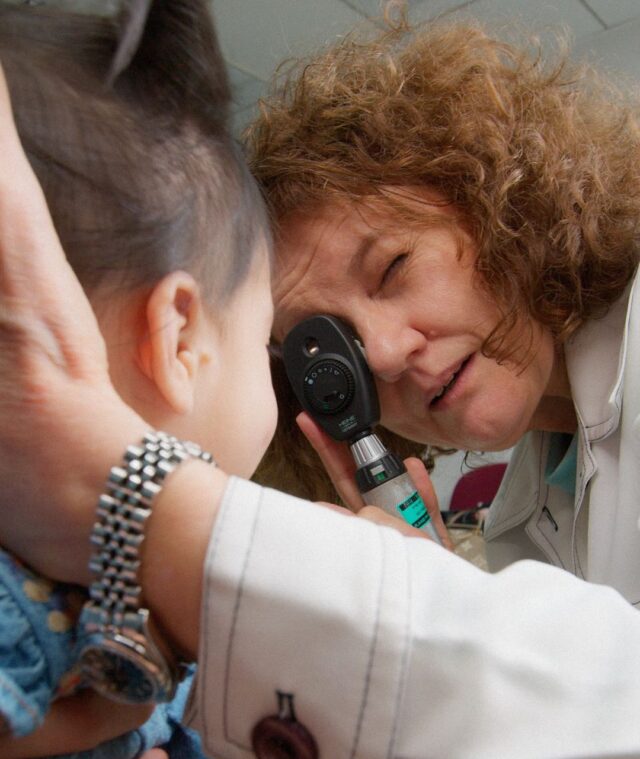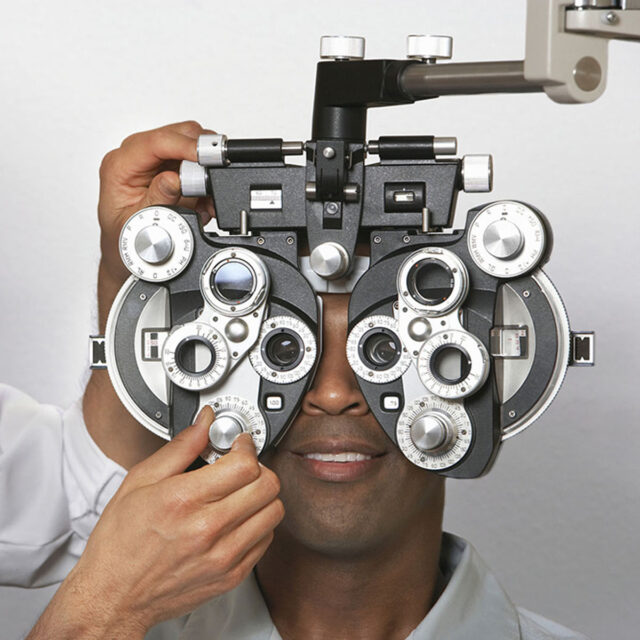In Focus:
- Dry eye disease is a condition wherein there is insufficient lubrication for a person’s eyes.
- Dry eyes can be caused by hormonal changes, increased evaporation of tears, reduced production of tears, and routine activities.
- Eye specialists diagnose dry eyes using tests that measure the volume and quality of a person’s tears.
Dry Eye Awareness Month is an essential public health event meant to help people across the globe recognise the impact of having healthy eyes on one’s overall health and well-being.
Dry eye disease or DED is an uncomfortable condition. You may get a stinging or burning feeling in certain situations, such as when you are on an airplane or air-conditioned room. It is a condition that many people describe experiencing after spending long hours in front of a computer screen. Having dry eye disease can substantially affect your daily routine and overall way of life.
According to one study, the epidemiological data on dry eye disease worldwide varies significantly, pointing to a prevalence that ranges from 5% to 50% in population-based studies. Extrapolating the global prevalence data reveals an estimated population of 400 million to 3.7 billion individuals with DED worldwide.
Another report shares that dry eye disease is a significant clinical issue that is often misdiagnosed or overlooked in the Middle East and Northern Africa (MENA). Region-specific differences in the criteria, diagnostics and methodologies used in handling cases makes it challenging to derive helpful data and devise a uniform approach that healthcare providers can use in managing DED.
As such, it is important to continually raise public awareness of dry eye disease to increase knowledge of the condition and to help everyone get the proper care and treatment they need.
When is Dry Eye Awareness Month? Any time is a perfect time to become more informed about it. You can start here, today.
Frequently Asked Questions About Dry Eye
What is dry eye disease?
Dry eye disease is a condition wherein there is insufficient lubrication for your eyes.
Normally, the eyes constantly produce tears to keep the surface (the cornea and conjunctiva) moist. Whenever you blink, a film of tears spreads over and coats the eyes, keeping their surface clear and smooth.
The film of tears is made up of three different layers:
- An oily layer (fatty oils outside the tear film) that prevents tears from drying up too quickly, and helps the lids slide smoothly over the eyeball.
- A watery layer (aqueous fluid in the middle of the tear film) which cleans the eye and washes away foreign particles. This layer is produced by the lacrimal glands in the socket and eyelids and makes up much of what we see as the tears we cry.
- A mucus layer (mucus in the innermost layer of the tear film) that helps spread the watery layer over the surface of the eye. Without this mucus (which is produced in the conjunctiva), tears will not stick to the eyes.
In some cases, the eyes do not produce enough tears, or enough thin oil, or there may be something wrong with one layer (or more) of the tear film. This is when dry eye occurs.
What are the common symptoms of dry eye?
When you have dry eye, you may experience the following (usually on both eyes):
- Eye redness
- Eye fatigue
- Blurred vision
- Light sensitivity
- Burning, stinging or scratching sensation in the eyes
- Watery eyes
- Stringy mucus in or around the eyes
- Difficulty driving at night
- Struggling with wearing contact lenses
- A sensation of pressure or “dragging” of eyelids on blinking
- Frequency of blinking increased
- Grittiness on wakeup in the morning / after a nap/
What causes dry eye disease?
There are several possible causes of dry eye:
- Hormonal changes that take place as a man or woman ages (however, dry eye is more common in women, especially those who have gone through menopause).
- Increased evaporation of tears due to: eye allergies; eyelid problems; vitamin A deficiency; smoke, wind or dry air; preservatives found in topical eye drops; less frequent blinking (in certain conditions, like while reading or driving), and posterior blepharitis (a dysfunction of the Mmeibomian gland).
- Decreased production of tears caused by: ageing; certain medications (decongestants, antihistamines, birth control, diuretics, sleeping pills, antidepressants, beta-blockers and medicines for heartburn, Parkinson’s disease or acne), or some medical conditions (rheumatoid arthritis, thyroid disorders, scleroderma, lupus, vitamin A deficiency, Sjogren’s syndrome or allergic eye disease).
- Habits, such as looking at a computer screen or using contact lenses for a long time.
- Undergoing refractive eye surgery procedures, like LASIK surgery.
When should I see a doctor?
If you have been experiencing the signs and symptoms of dry eye listed above for a prolonged period of time, it’s best to make an appointment with your healthcare provider. They can determine the cause of discomfort you feel in your eyes or refer you to one of our specialists providing dry eye treatment in Dubai.
How is dry eye diagnosed?
An ophthalmologist will begin by conducting a comprehensive eye exam. Here, they will check your eyelids and the surface of your eyes, and observe the way you blink.
They may also do tests that measure how quickly your eyes produce tears, and the volume of the tears. The Schirmer test (that uses blotting strips of paper placed under the lower eyelid for five minutes) and the phenol red thread test (that uses a thread filled with pH-sensitive dye placed over the lower eyelid for 15 seconds) are examples of tests to use.
There are tests that measure the quality of your tears as well, such as a tear osmolarity test (that determines the composition of water and particles in your tears), or special eye drop dyes to find out the surface condition of your eyes.
What are the treatment options for dry eye?
For some people, regularly using artificial tears (non-prescription eye drops) is enough to address mild or occasional dry eye symptoms.
For others, however – if symptoms are more persistent and serious – the specific cause of dry eye must be determined to identify the best treatment to use.
Medications:
- For controlling corneal inflammation (prescription eye drops with cyclosporine, or corticosteroids for short-term use)
- For reducing eyelid inflammation (antibiotics in oral, eye drop or ointment form)
- For stimulating tears (cholinergics in eye drop, gel or pill form)
- For increasing tear production (varenicline delivered via nasal spray)
Procedures:
- Using specially made contact lenses (to protect the eye surface and trap moisture)
- Using eyelid massage or Iintense Regulated -Ppulsed Llight (IRPL) therapy
- Using eye masks or warm compresses daily to help clear up blocked glands
- Using punctal plugs (tiny silicone plugs) to close tear ducts and prevent the loss of tears
- Seeing an eye surgeon who can perform plastic surgery of the eyelid for specific conditions, like ectropion (when eyelids are turned outwards)
Can dry eye disease be prevented?
Yes, there are things you can do to avoid situations that could cause dry eye symptoms.
- Stay away from devices that blow air at your eyes and face (fans, air conditioners, hair dryers, car heaters).
- Cleaning your eryes each time you shower or wash your face at the basin, ensuring your ruffle your eyelashes and eyelid edges on closed (not squeezed) eyesezed like a sliding massage of the eyelid edges and eyelashes, to remove debris and mobilize the natural Meibomian oil, using your face washfacewash or any cleanser you prefer.
- Avoid being surrounded by smoke.
- Take regular eye breaks when completing prolonged tasks, such as while reading, working on a computer, or driving. Make sure to blink repeatedly at times or close your eyes for a few minutes.
- The 20-20-20 Rule: |Every 20 minutes: Look up and out to defocus at least 20 feet or more furtherfurtger away for at least 20 seconds, during which time, ryou can squeeze and blinksqueeze blink a lot to help restore trhe oily gland flow and cover of the tears.r
- Add moisture to the air around you. In a place with cold weather, use a humidifier to improve the dry air inside the home.
- Be mindful of different environments. If you are travelling by plane, visiting a high-altitude location, or exploring the desert, you can protect your eyes from the dry air, close your eyes frequently for minutes at a time to keep your tears from evaporating.
- Keep artificial tears handy. For people with chronic dry eyes, it’s smart to use eye drops regularly, even if you don’t feel any dry eye symptoms, to keep your eyes well-lubricated.
Protect Your Eyes From Dryness and Discomfort
Raising dry eye disease awareness is crucial in helping to identify signs and symptoms of the condition and getting immediate expert help to address it. Acknowledge Dry Eye Awareness Month by getting in touch with us today to learn more about the range of eye care services we offer for dry eye disease and other eye issues.








